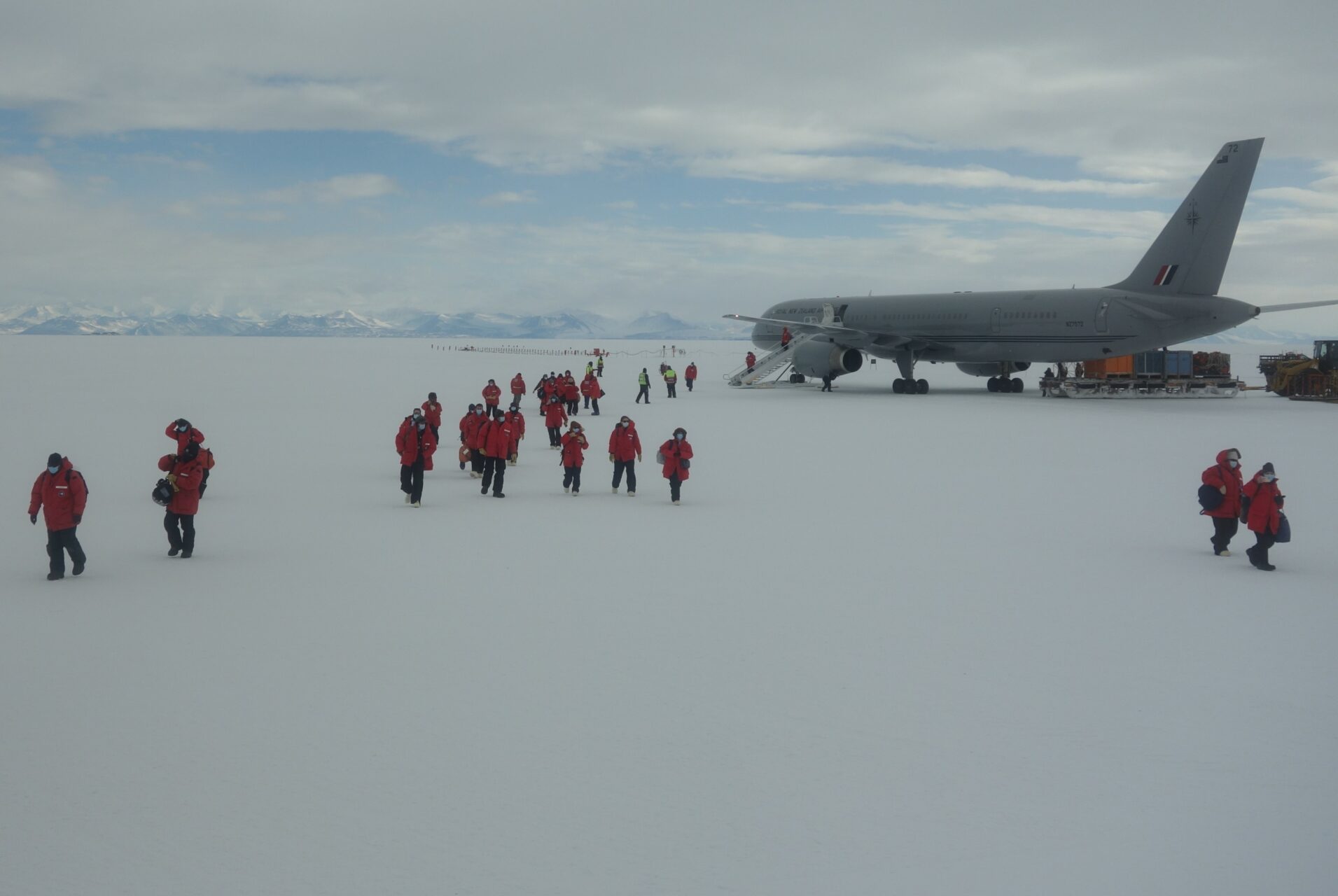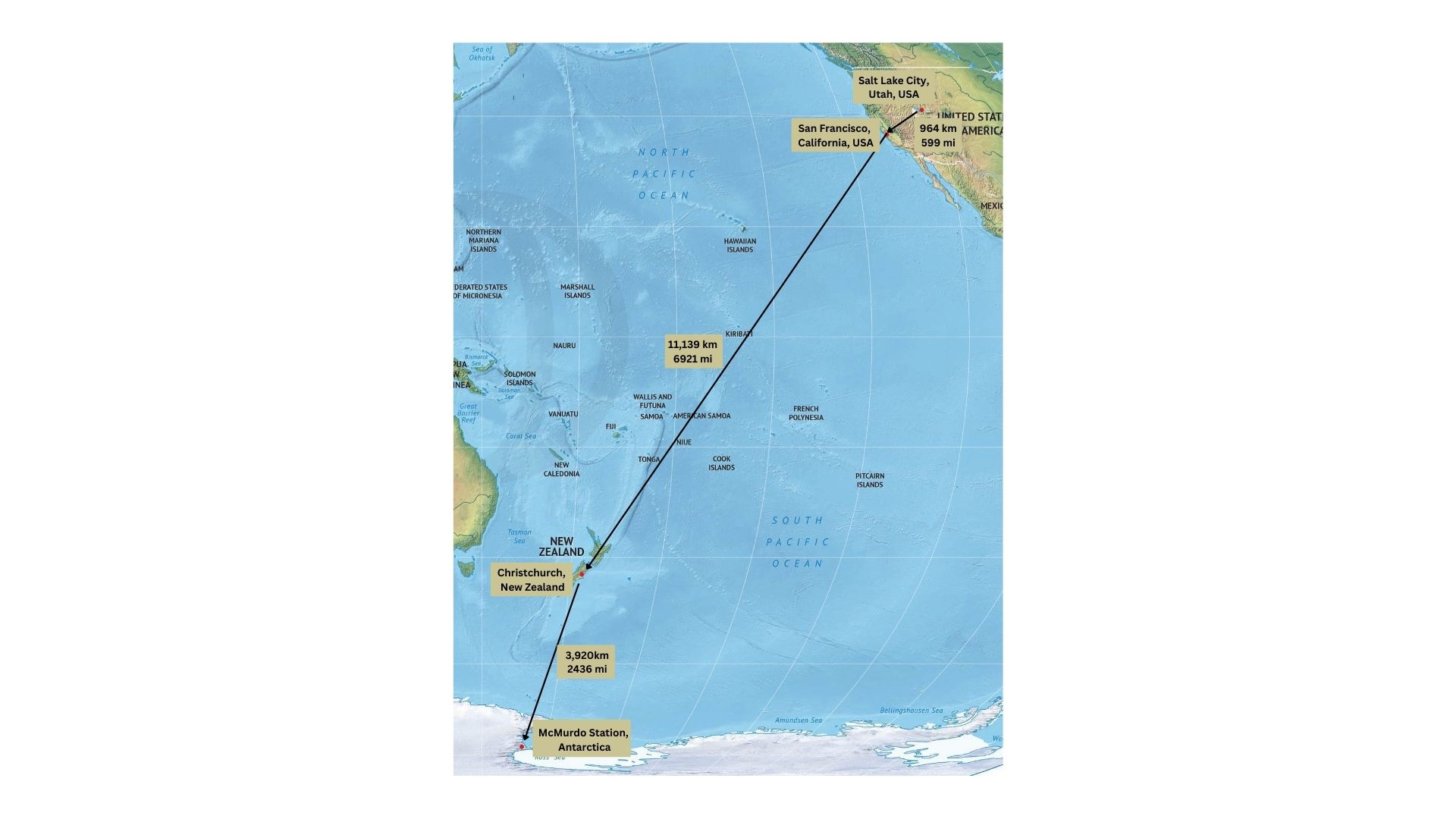BYU biology professor receives 3-year National Science Foundation grant to research in Antarctica

BYU professor Byron J. Adams received a 3-year grant from the National Science Foundation to return to Antarctica to continue his study of microscopic organisms in soil from retreating glaciers.
Adams has visited Antarctica occasionally since 1993 when a professional colleague offered him a place on a research team traveling to the southernmost continent. He obtained a research grant earlier this year, allowing him to take three students with him to Antarctica in the near future.
With Adams’ upcoming trip to Antarctica lasting from October to March, he reports that scientists must work around the clock to perform as many experiments as they can.
“Our goal is to work hard until sundown,” Adams joked. Due to the Earth’s rotation, the sun does not set in Antarctica.
Adams said his research focuses on microorganisms known as nematodes found in the antarctic soil, including soils that were previously covered by a thick sheet of glacial ice. The soil underneath the ice has been isolated for almost 6,000 years, leaving it almost completely void of life.
BYU PhD biology student Abigail Borgmeier expressed her enthusiasm to travel to Antarctica for the first time this October. She recently started meetings with Adams and her fellow BYU student travelers Abigail Jackson and Jesse Jorna to prepare for their trip. They will fly to San Francisco, then to Christchurch, New Zealand and collect their extreme cold weather gear. Finally, they will fly to McMurdo Station on Ross Island, Antarctica and set up their camp.

BYU PhD biology candidate Jorna has been studying how different nematodes interact with one another.
Jackson, a BYU master’s student in biology, is focused on DNA instead of microorganism interaction. When describing her research she said works with “genetic sequencing to see how different [nematode populations compare] from one area to another.”
“Mother Nature has done this awesome experiment and created this place on earth,” Adams said describing his visits to the icy desert. “It’s a real functioning ecosystem.” However, he added that this ecosystem is being threatened with rising temperatures and changes in climate. These populations of microscopic organisms are forced to adapt to shifting conditions, teaching scientists more about how organisms operate with one another.
Borgmeier said he believes that by having long-term studies that respond to the removal of stability here, it allows them to see how other places can change over time in response to climate change. Only time will tell if these experiments and studies will give them the answers they need to understand adaptation on a microscopic scale.
